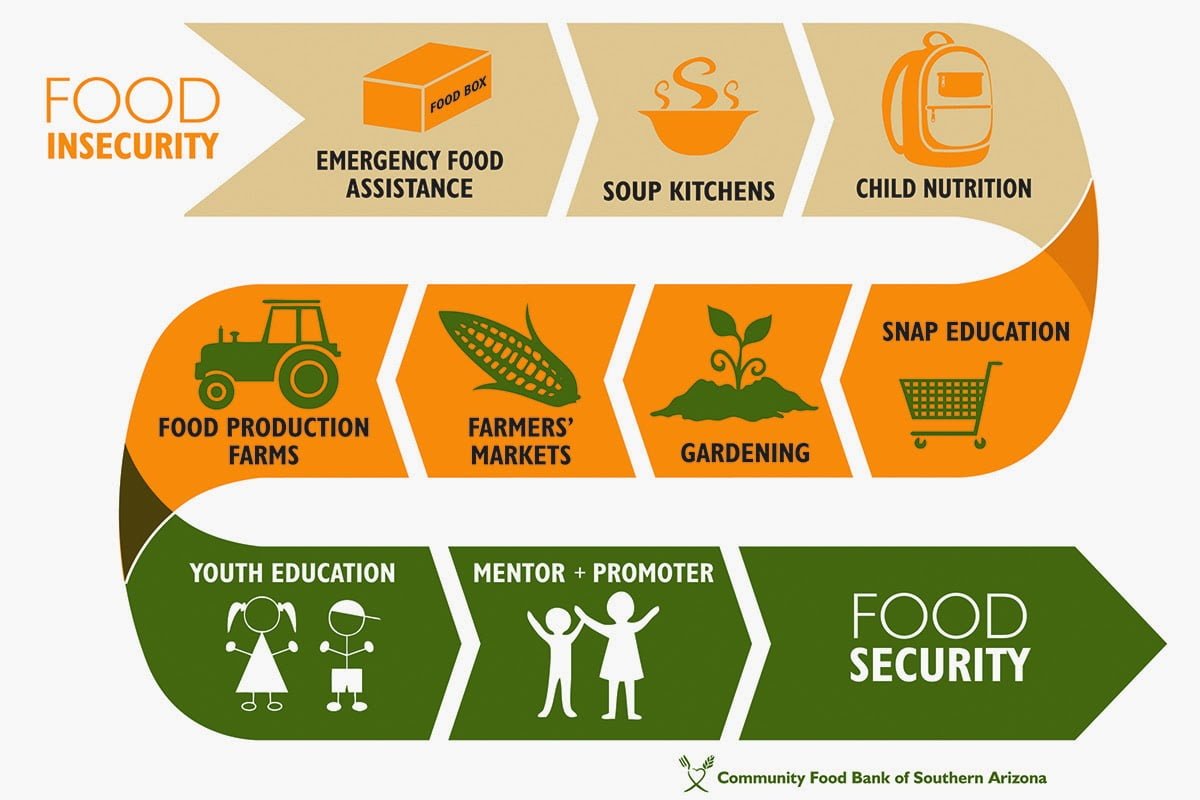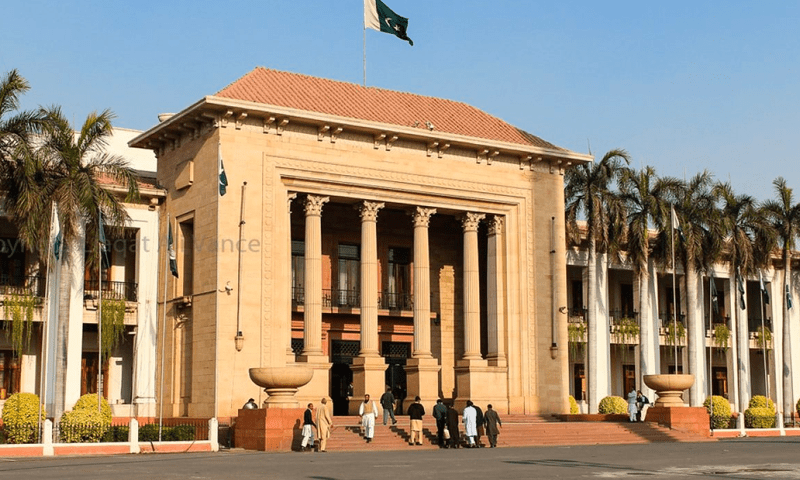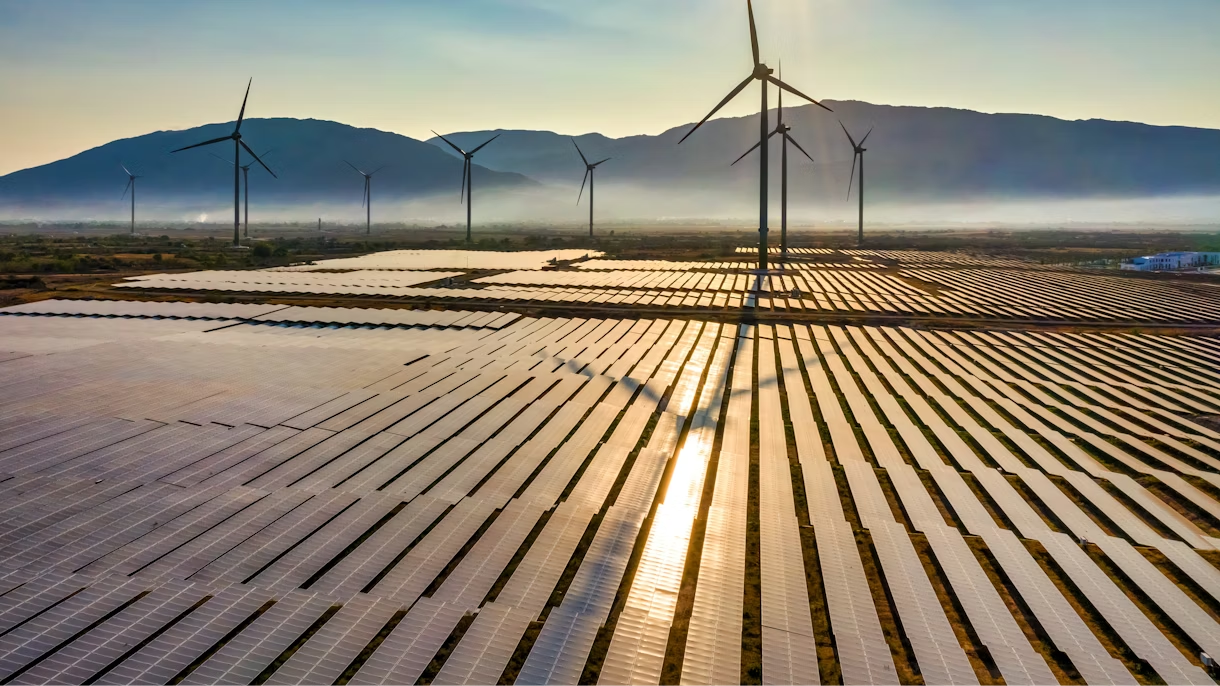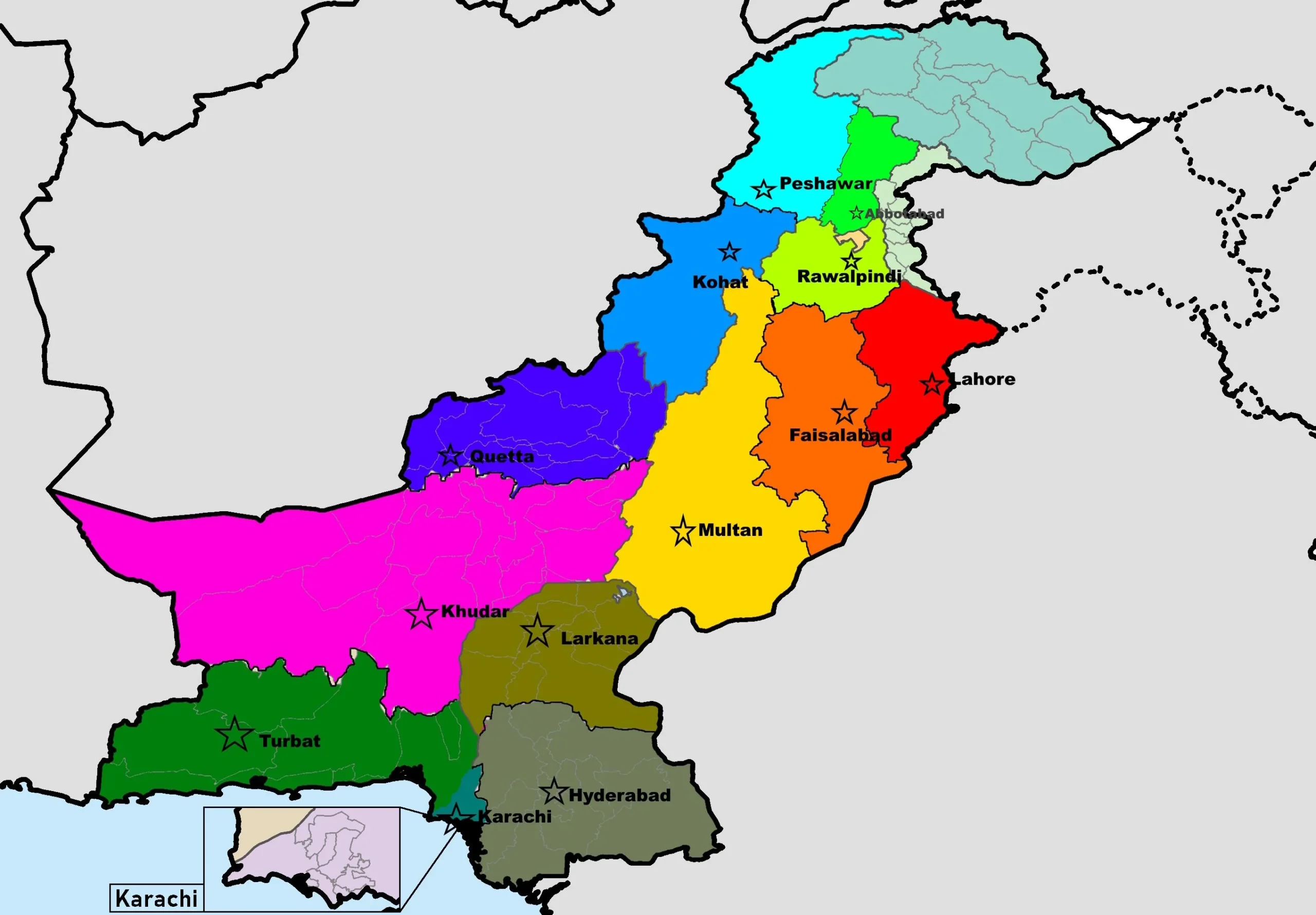By Mudassar Changwani
Fixing the food insecurity in Pakistan.
If any subject should arrest the attention of policymakers, politicians, and key decision-makers, it is the food crisis. The COVID, the heatwaves, the floods, the rising inflation, the rising costs of agricultural inputs – all these factors are ravaging the country’s food supply chain. Adding lingering threats from attacks of pests and diseases on the grain crops creates a perfect storm-like situation.
As the food prices are already high and the country’s middle and lower-middle classes are devastated by levels of historical inflation, more and more people are being subjected to extreme poverty.
A 2018 study by the Ministry of Health and National Nutritional Survey (Unicef) reveals alarming statistics: nearly 36.9% of the total households are experiencing food insecurity (compromising quantity of food and, often, skipping meals), while 18.3% are forced to live with conditions of severe food insecurity (experiencing chronic hunger). These unholy statistics are by every means sickening and shameful.
To many, it would come as a source of surprise that Pakistan is ranked 8th in wheat production, sugarcane at 5, and 10th in rice, while it is the fifth largest producer of dairy milk worldwide. Conventional wisdom might suggest that Pakistan is a net food exporter owing to a large swathe of irrigable land and flourishing canal and land systems. However, oppositely, this is quite condemnable that we are lagging far behind the world. For the availability of food items, the country imports wheat, pulses, sugar, edible oil, and tea – to name a few. In 2021 alone, the import bill of food items rose to a staggering amount of $ 7.5 bn, blowing all claims of bringing food self-sufficiency into the face.
Suppose an endeavor is made to examine the causes leading the country into the mayhem of hyper-food insecurity. In that case, those are many – lack of prudent policymaking, consistent failure to achieve political stability, economic mismanagement along with periods of the financial meltdown, and agriculture and livestock production debacle are but a few factors.
Acute food availability and pricing insecurity directly hinge on decisions made in the policymaking corridors. A vast majority of the country’s population is poor, making them hapless victims of the policies over which they have little or no control. Indeed, there have been many political and economic exercises towards charting a food security agenda that could ensure the availability of a balanced diet and guarantee access to required meals for every citizen. At face value, these policymaking steps shine bright; in reality, there is little to celebrate. All our policymakers know it is talking the talk. Do those policymakers present lofty claims in PowerPoint presentations in air-conditioned conference halls and even realize that they are talking about real humans? One indeed doubts it.
Apart from policymaking failures, exposure to malnourishment and low availability of food is also principally related to economic deprivation and financial meltdown of individuals and families. According to one of the State Bank of Pakistan’s estimates, nearly a quarter of the country’s population (according to SPB’s estimates) is experiencing poverty. Being in the abyss of poverty translates into a lack of financial resources, which means the poor have little access to basic food. Given that inflation is reaching its highest levels, the higher costs of food items in the country are worsening the situation for the poor.
Climate change poses severe cascading impacts on agri-farming and human livelihood and is among the major contributor toward gross levels of food insecurity. Take this year – 2022; what otherwise would have been a happy spring season in the country instead witnessed fierce heat from a considerably long spell of heatwaves. Not that the country was ready to absorb the impacts of another environmental breakdown, unprecedented torrential downpours, rains, and floods started wreaking havoc across the country’s geographical landscape, so much so that at their climax, floods claimed nearly one-third of the total area. To the Pakistanis, as to the people from all around the world, it is entirely established that climate change and global warming are severely disrupting food supply chains by damaging commodities and stocks, harming crops’ yield, and sometimes, even eliminating them.
The consequences of the food crisis are already here, considering the unprecedentedly high prices of food items. Taking the case of the wheat crop, for example, the price of this widely cultivated crop has grown doubled since 2020. Wheat is the country’s staple food crop and accounts for nearly 40 percent of the cultivated area in the rabi season. However, due to intense heatwaves and high fertilizer prices, a large quantity of wheat grain did not appear in the domestic food market. Nearly every citizen has felt a severe knock-on impact. However, the worst blow is delivered to the class who are already the most vulnerable – the poor, especially women, children, old, and people with specific disabilities.
The country is facing the worst food emergency. That the country’s power corridors are too politicized, polarized, and mired in fragmentation – brings little comfort or confidence.
The country’s leaders must unite to pull out all the possible and even impossible stops to check the country’s march towards a situation where people face starvation and are more hungry than before. If there is any red line for those at the helm of the affairs, it is this: there is certainly no future if more people go hungry and face starvation.
The writer is coeditor at Repubic Policy















